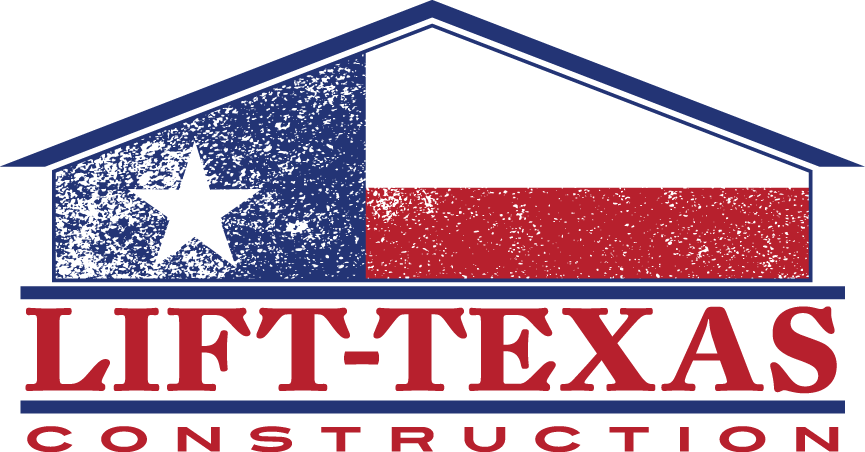Foundation repairs are essential for maintaining the safety and stability of your home. The cost of these repairs can vary widely depending on several factors. Understanding these factors can help you anticipate expenses and plan accordingly. Foundation issues, if left unaddressed, can lead to more severe problems and higher repair costs in the future.
Different factors, such as the type of damage, the repair methods required, and the size of your home, all play a role in determining the overall cost of foundation repairs. It’s crucial to have a clear idea of what influences the cost to make informed decisions. Knowing what to expect can also help you avoid unnecessary expenses and ensure the job is done right the first time.
Factors Influencing the Cost of Foundation Repairs
Several factors influence the cost of foundation repairs, making every project unique. Here are the key elements that can affect pricing:
- Type of Foundation: Different types of foundations require different repair methods. Whether your home has a slab foundation, a crawl space, or a basement, the type of foundation impacts the complexity and cost of repairs. For instance, slab foundations generally cost less to repair compared to basements.
- Extent of Damage: The severity of the foundation damage is a major factor in determining the cost. Minor cracks may require simple fixes, whereas substantial damage, like significant settling or bowing walls, may need extensive repair, which costs more.
- Soil Conditions: The type of soil under your home affects how the foundation settles over time. Expansive soils, which swell when wet and shrink when dry, can cause more movement and potential damage. More challenging soil conditions may require specialized repair techniques, increasing the cost.
- Accessibility: The ease of access to the damaged area can impact repair costs. If the problem area is difficult to reach, such as under a large deck or a tightly enclosed space, the repair process becomes more labor-intensive and expensive.
- Permits and Inspections: Depending on your location, you may need permits and inspections. These additional requirements can add to the overall cost but are necessary to ensure the repairs meet local building codes.
Understanding these factors helps you anticipate potential costs and plan for a successful foundation repair project.
Common Types of Foundation Repair Methods
Different foundation problems require different repair methods. Here are some common techniques used to fix foundation issues:
- Slabjacking (Mudjacking): This method involves pumping a slurry mixture beneath a sunken concrete slab to raise it back to its original level. Slabjacking is effective for minor settling and is usually less expensive than other methods.
- Piering (Underpinning): Piering uses steel or concrete piers driven deep into the ground to stabilize and lift the foundation. This method is suitable for homes that have experienced severe settling. While more expensive, piering provides a long-term solution.
- Sealants and Masonry Patches: For minor cracks in the foundation, sealants, and masonry patches can be applied to prevent water from entering and causing further damage. This is a quick and cost-effective way to address small issues.
- Helical Piers: Helical piers resemble large screws and are driven into the soil to support and lift the foundation. They are ideal for structures on unstable soil and can be installed quickly with minimal disturbance.
- Grouting: Chemical grouting involves injecting a grout mixture into the soil to improve its strength and stability. This method is used to prevent further settling and is often paired with other repair techniques.
Choosing the right method depends on the specific foundation problem and the recommendations of a qualified professional. Each method has its advantages and costs, making it important to assess your situation thoroughly before deciding.
Hidden Costs and Unexpected Expenses
When planning for foundation repairs, it’s essential to account for hidden costs and unexpected expenses that might arise. Here are a few to keep in mind:
- Additional Structural Repairs: Foundation problems often cause damage to other parts of your home. You might need to repair drywall cracks, doorframes, or flooring after the foundation is fixed. These additional repairs can add up quickly.
- Landscaping and Yard Restoration: Foundation repair work can disturb your landscaping. You may need to replant grass, shrubs, or trees, and in some cases, you might have to do some major yard restoration.
- Plumbing Issues: Foundation movement can harm your plumbing, especially if you have older pipes. You may need to address broken or leaky pipes, which can be an extra expense.
- Extended Labor Costs: If the repair takes longer than expected due to unanticipated issues, labor costs can rise. Sometimes, more extensive damage is found after work has begun, leading to longer repair times and higher costs.
- Permit Fees: Some areas require permits to perform foundation repairs. Permit fees vary by location and can add to the overall cost of the project.
By being aware of these potential hidden costs, you can budget more accurately and avoid surprises.
Tips for Getting Accurate Estimates and Reducing Costs
Getting accurate estimates and finding ways to reduce costs are critical steps in managing foundation repairs. Here are some helpful tips:
- Get Multiple Quotes: Obtain quotes from at least three different contractors. This helps you understand the price range and the scope of work proposed by each company.
- Ask Detailed Questions: Make sure you ask detailed questions about what each quote includes. Understand the breakdown of labor, materials, permits, and any potential extra costs.
- Check Contractor Credentials: Verify that the contractors are licensed and insured. Ask for references and read reviews. A reputable contractor may charge a bit more, but the quality and peace of mind are worth it.
- Plan Ahead: Schedule your repairs during the off-season when contractors might offer discounts. Planning ahead can also help you avoid emergency rates, which can be higher.
- Negotiate: Don’t hesitate to negotiate the price. Some contractors might be willing to lower their rates, especially if you’re flexible with the timeline.
- Look for Financing Options: If the upfront cost is high, check if the contractor offers financing options. Spreading out the payments can make the project more manageable.
Understanding the Factors Affecting Foundation Repair Costs
Understanding the cost of foundation repairs helps you make informed decisions and plan effectively. By considering the factors that influence costs, knowing the common types of repair methods, and being aware of hidden expenses, you can better prepare for this important home maintenance task. Getting accurate estimates and looking for ways to reduce costs ensures that you get the best value for your investment.
Foundation problems can worsen over time, leading to more severe damage and higher repair costs. It’s crucial to address these issues promptly to maintain the safety and value of your home. If you suspect any foundation problems, don’t hesitate to seek professional advice and take action.
For expert foundation repair services in Arlington, contact Lift-Texas Construction. We specialize in diagnosing and addressing foundation issues to ensure your home remains safe and stable.

